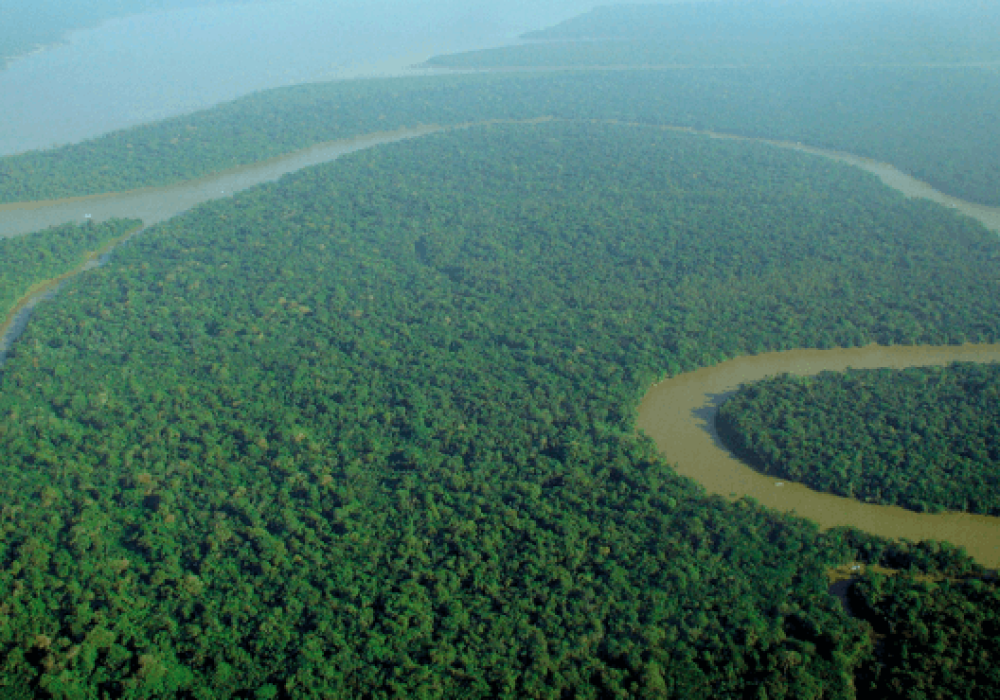Institutional investors increasingly recognise the crucial role that tropical forests play in tackling climate change, protecting biodiversity and ensuring ecosystem services. However, despite this increased awareness in the financial sector, investors find it challenging to identify and address risks arising from deforestation.
For that reason, Storebrand, KLP and Rainforest Foundation Norway teamed up with Hindsight Consultancy to produce the report “Deforestation tools assessment and gap analysis: How investors can manage deforestation risk». The report aims to support investors in systematically managing deforestation risks by identifying relevant tools and data gaps and presenting options for integrating deforestation data into existing systems for ESG and risk analysis.
Deforestation tools assessment and gap analysis
A report prepared for KLP, Storebrand and Rainforest Foundation Norway
An overview of investor initiatives, policies and demand for existing tools and databases
The report looks at the evolution of private sector initiatives on deforestation, examining how corporate disclosure and policies have developed and analysing the various investor statements on expectations of companies in the palm oil, soy and cattle industries. The report examines multiple investors and deforestation bank policies to illustrate best practices and identify common requirements. The report also examines the investment case for removing deforestation from portfolios, with case studies of value destruction and accretion for shareholders.
Analysis of existing deforestation tools and databases and their suitability for investors
In the absence of a commercial product on deforestation risk by mainstream ESG data providers, investors have relied on NGOs and independent research organisations to provide data and tools.
The report assesses the quality and suitability of the ten leading tools and datasets in terms of scope, methodology used, availability and comparability of the data. It also examines the suitability of the tools and databases for the purposes of deforestation risk management by institutional investors in their global equity portfolios.
While no single tool covers the precise requirements of all investors, there are possibilities to synthesise the various products to produce a functional assessment of deforestation risk for major downstream companies that are likely to feature in a global equity portfolio.
Gap analysis and recommendations
Given the constraints of limited information, investors are following a process to evaluate deforestation risk based on available data, analysis and independent corroboration where possible. The report suggests a best practice assessment process and highlights some potential uses of the different datasets and tools within this process. The report also examines some case studies of investor best practice on deforestation.
Across the various statements of investor expectations for the different commodities, there are eight general requirements, such as traceability, deforestation policies, GHG emissions reduction targets and public disclosure of progress. The report assesses which requirements are currently monitored by the various tools and databases and what information is missing.
Taken in isolation, none of the existing tools and datasets offer necessary and sufficient information for investment decisions. This is due to several issues, some of which can be resolved with better corporate disclosure and a common assessment methodology, while some are a function of complex supply chains and missing information which would need to be addressed by regulations. Nonetheless, in aggregate, the tools and datasets offer much useful information. Investors can conduct risk assessments on companies throughout the supply chain, using available information from companies, NGOs and other sources such as media and satellite imagery.
The report makes thirteen recommendations for investors, NGOs, donors, ESG data providers, governments, and regulators. The report states that all stakeholders should support the Accountability Framework Initiative in developing a common assessment methodology. At the same time, investors should also work with organisations working on methodologies to estimate emissions from deforestation and land use change.
Collaboration from NGOs is crucial to establishing a central framework to provide data to investors in a user-friendly format, with funding from donors. Both regulators and investors can demand better corporate transparency throughout supply chains and establish a strong Task Force to examine nature-related financial disclosure. Finally, there is a role for ESG rating agencies and other commercial data providers to incorporate existing data into their frameworks to help investors identify deforestation risks.
